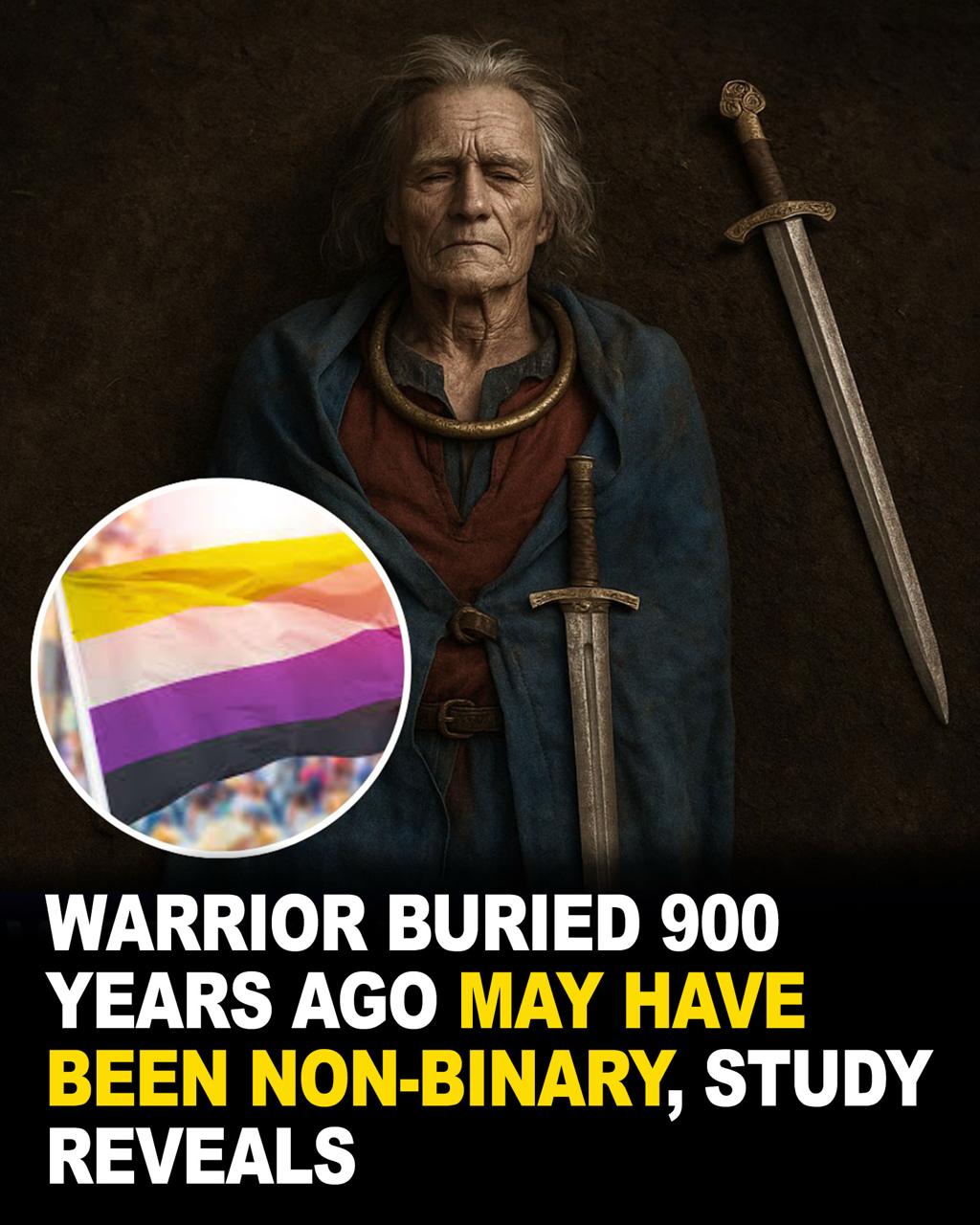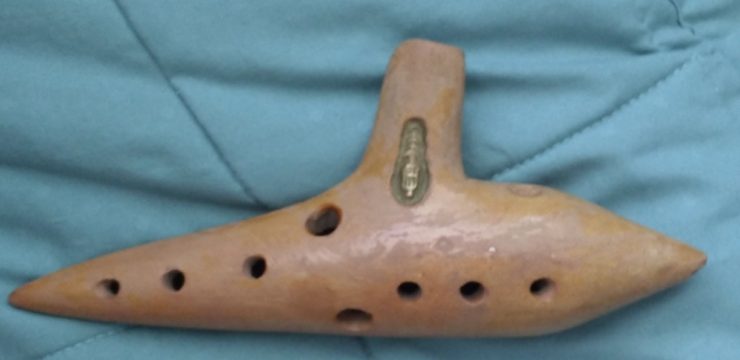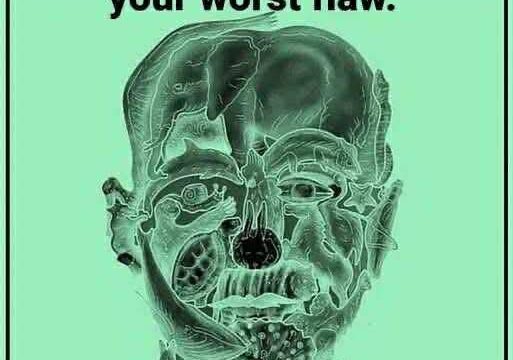A centuries-old grave tucked into the hillside of Suontaka Vesitorninmäki in southern Finland has reopened a fascinating conversation about gender identity in early European history. Originally discovered in 1968, the burial site was long believed to be that of a high-status female warrior, largely due to the objects found inside: a sword, typically associated with male warriors of the medieval era, along with jewelry and remnants of woolen clothing traditionally worn by women.

For decades, archaeologists embraced the narrative of a powerful woman who defied the norms of her time. However, new scientific findings are painting a more nuanced and compelling picture. According to a recent study published in the European Journal of Archaeology, advanced DNA analysis suggests the individual may have had Klinefelter syndrome—a genetic condition in which someone is born with an extra X chromosome, resulting in an XXY chromosomal pattern. People with this condition are anatomically male but often exhibit traits that don’t neatly conform to binary gender expectations, such as low testosterone, infertility, and in some cases, breast development. These traits can create a gender presentation that exists outside the traditional male or female categories.
Lead researcher Ulla Moilanen, an archaeologist from the University of Turku, believes the individual may not have been viewed strictly as male or female by their community. The mix of traditionally masculine and feminine grave goods, she says, indicates that the person may have held a unique and respected role, challenging the rigid gender norms typically associated with early medieval Scandinavia. Despite the poor preservation of the remains, researchers utilized advanced genetic modeling and testing to determine there was “overwhelming evidence” that the individual had an XXY chromosome pattern.
This genetic clue adds depth to the already mysterious nature of the grave, which was unusually rich in both martial artifacts, such as the sword, and decorative items like jewelry. The balance of these items suggests that this person’s identity may have transcended conventional gender categories, and rather than being ostracized, they were likely honored and respected. What makes this discovery especially striking is the social context in which this person lived. Early medieval Scandinavian society was known for strict gender roles, particularly within the male-dominated world of warriors.
Men who displayed what were considered feminine characteristics were often mocked or treated as outsiders. Yet, this individual appears to have defied those norms and still received a burial fit for someone of high status, which may point to a more complex and accepting view of gender diversity in that time period than previously thought. Moilanen emphasizes that while terms like “nonbinary” are helpful today, applying them to historical figures must be done with caution. Identity is deeply personal and shaped by cultural context, and there’s no definitive way to know how this person saw themselves. Furthermore, not all individuals with Klinefelter syndrome today identify as nonbinary or intersex, which makes projecting modern labels onto ancient lives inherently tricky. Still, the study has been widely praised as a significant contribution to both archaeology and gender studies. Leszek Gardela, a researcher at the National Museum of Denmark who was not involved in the study, called it “well-researched and fascinating,” adding that it challenges assumptions and reveals that early societies may have had a more layered understanding of identity and gender expression than we typically assume. This discovery is more than just a scientific curiosity—it serves as a reminder that gender diversity is not a new concept. It has always existed, even if our language and frameworks for understanding it have evolved over time. As researchers continue to dig into the past, they’re uncovering not just bones and artifacts, but deeper truths about the wide spectrum of human identity throughout history.





